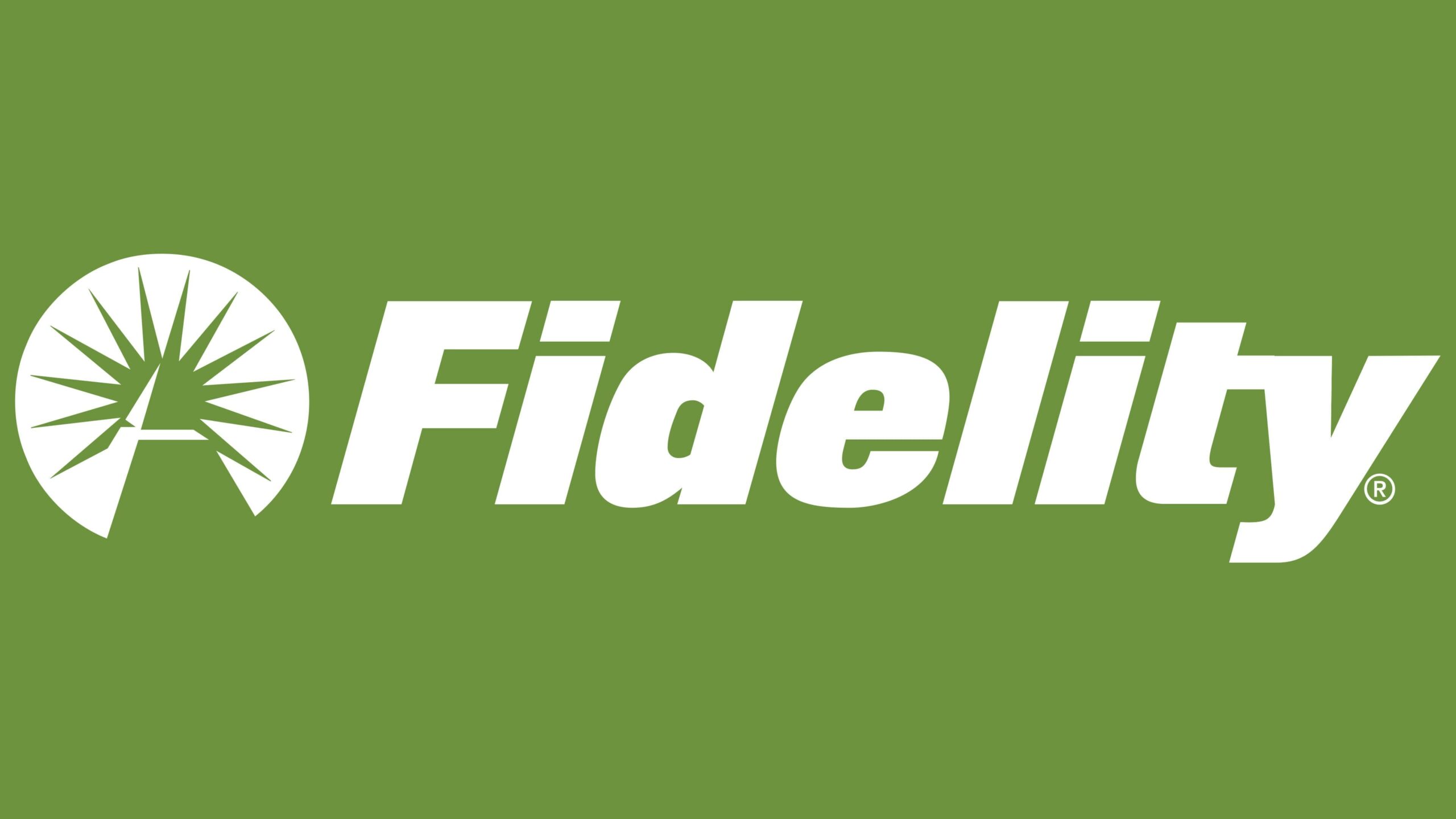Fidelity ETFs Comparable To SCHD: A Comprehensive Guide
Investing in Exchange-Traded Funds (ETFs) has become increasingly popular among investors looking for diversified and cost-effective ways to grow their portfolios. Among the prominent ETFs available is the SCHD (Schwab U.S. Dividend Equity ETF), known for its focus on dividend-paying U.S. stocks. However, many investors are curious about Fidelity ETFs that may offer similar benefits or features. This article will explore Fidelity ETFs that are comparable to SCHD, providing insights into their performance, holdings, and unique characteristics.
In the world of investing, it's essential to understand the various options available to you. With a plethora of ETFs on the market, selecting the right one can be overwhelming. Understanding how Fidelity ETFs stack up against SCHD can help you make informed decisions that align with your financial goals. This guide will delve into the details of these Fidelity ETFs, making comparisons to SCHD to highlight their relevance in your investment strategy.
As we navigate this comparison, we will uncover key factors such as expense ratios, dividend yields, historical performance, and underlying holdings. By the end of this article, you will have a clear understanding of Fidelity ETFs that could serve as suitable alternatives to SCHD, equipping you with the knowledge to optimize your investment portfolio.
Table of Contents
- Biography of SCHD
- Overview of SCHD
- Fidelity ETFs Comparable to SCHD
- Fidelity ETF 1: FDL
- Fidelity ETF 2: FDIV
- Fidelity ETF 3: FUSV
- Performance Comparison
- Investment Strategy for Dividends
- Conclusion
Biography of SCHD
| Fund Name | Schwab U.S. Dividend Equity ETF |
|---|---|
| Ticker Symbol | SCHD |
| Inception Date | October 20, 2011 |
| Issuer | Charles Schwab Investment Management |
| Expense Ratio | 0.06% |
| Dividend Yield | 3.5% (as of the last reporting) |
Overview of SCHD
SCHD is designed to track the performance of the Dow Jones U.S. Dividend 100 Index. It focuses on U.S. stocks with a strong track record of paying dividends, making it an attractive option for income-seeking investors. The ETF holds a diversified portfolio of high-quality companies, primarily in sectors such as consumer discretionary, healthcare, and information technology. The fund's low expense ratio of 0.06% is another appealing feature, allowing investors to keep more of their returns.
Fidelity ETFs Comparable to SCHD
Fidelity offers various ETFs that can serve as suitable alternatives to SCHD. Below are some Fidelity ETFs that share similar characteristics and investment objectives.
Fidelity ETF 1: FDL
Fidelity's FDL (Fidelity Dividend ETF for Rising Rates) focuses on dividend-paying stocks with a potential for growth. It targets companies that are likely to benefit from rising interest rates, making it an appealing choice for investors looking for income. The ETF has a low expense ratio and a competitive dividend yield.
Fidelity ETF 2: FDIV
Fidelity's FDIV (Fidelity International High Dividend ETF) is designed to provide exposure to high-dividend-paying stocks outside the U.S. This ETF is suitable for investors seeking global diversification while still focusing on income generation through dividends.
Fidelity ETF 3: FUSV
FUSV (Fidelity U.S. Value Factor ETF) invests in U.S. stocks that exhibit value characteristics. While it is not exclusively a dividend-focused ETF, many of its holdings have a strong dividend-paying history, making it a viable alternative for investors who appreciate both value and income.
Performance Comparison
When comparing performance, it is crucial to consider various metrics, including total return, volatility, and drawdown. Below is a summary of how SCHD stacks up against the selected Fidelity ETFs.
- SCHD: Historical average annual return of around 10%.
- FDL: Historical average annual return of approximately 9.5%.
- FDIV: Historical average annual return of about 8.5%.
- FUSV: Historical average annual return of around 9%.
While SCHD leads in annual returns, the Fidelity ETFs exhibit competitive performance, making them worthy contenders for investors seeking dividend income alongside capital appreciation.
Investment Strategy for Dividends
When considering an investment in dividend-focused ETFs, it's essential to have a clear strategy. Here are some key points to consider:
- Long-Term Perspective: Dividend investing often rewards patience, so consider holding your investments for the long haul.
- Diversification: Spread your investments across various sectors to reduce risk.
- Reinvestment: Consider dividend reinvestment plans (DRIPs) to compound your returns over time.
- Regular Monitoring: Keep track of the performance of your ETFs and be ready to adjust your strategy as market conditions change.
Conclusion
In summary, Fidelity offers several ETFs that can serve as excellent alternatives to SCHD for income-seeking investors. While SCHD remains a strong choice with its focus on U.S. dividend stocks, Fidelity ETFs like FDL, FDIV, and FUSV provide diverse options that can complement or enhance your investment strategy. By considering factors such as performance, expense ratios, and dividend yields, you can make informed decisions that align with your financial goals.
We invite you to share your thoughts in the comments below. Have you invested in any of these ETFs? What has your experience been like? If you found this article helpful, please share it with others who might benefit from it.
Thank you for reading, and we hope to see you back for more insightful articles on investment strategies and market trends!
Baltimore Ravens Stats: A Comprehensive Analysis Of The Team's Performance
Understanding Rip Currents: What You Need To Know For Safety
Ron DeSantis Heels: An In-Depth Look At The Impact Of Height In Politics


